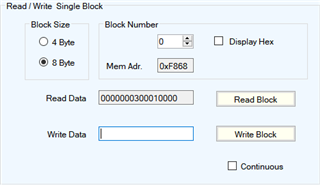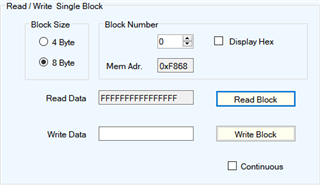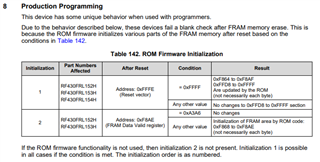Other Parts Discussed in Thread: RF430FRL154H, , MSP-FET
Hi,
I modified the code of the digital sensor in RF430FRL152H_SensorHub, and it runs very well on RF430FRL152HEVM. Since I don’t have a new RF430FRL152H now, I want to replace it with RF430FRL154H. I used air programming to directly compile the txt version of this code into RF430FRL154H, and it showed that the compilation was successful, but it did not seem to work when testing the digital sensor. So, is there anything that needs to be modified in the program? (For example, SD14, 154H should not have these ADCs) If it is fully compatible, I think there may be a problem with my connection, I will check the line.
Best Regards,
Zhixiong CHEN





